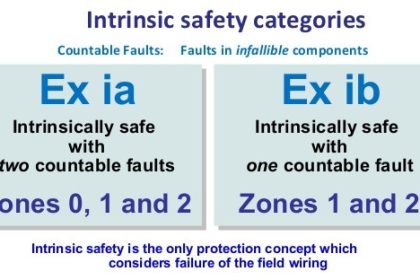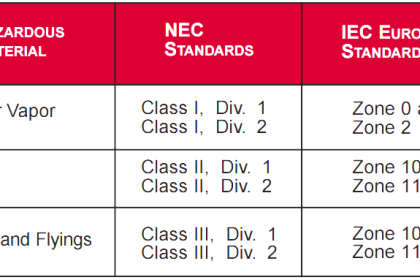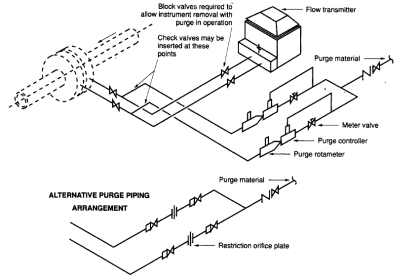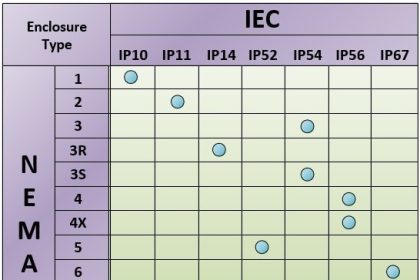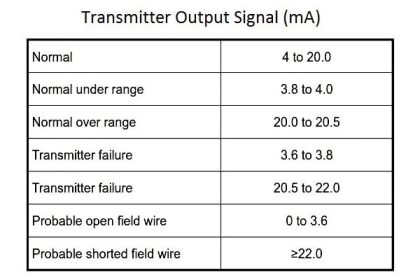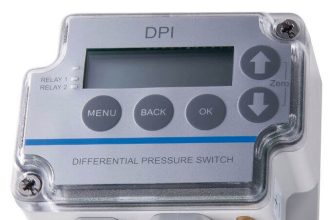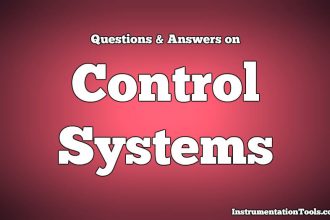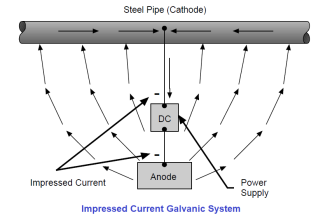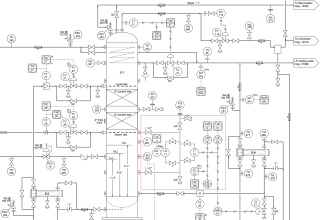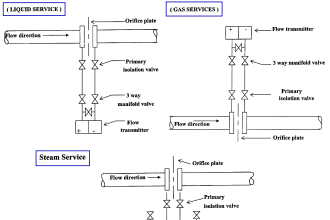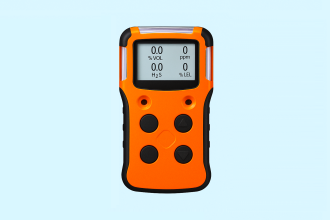The measuring electronics of field transmitters like flowmeters are constantly becoming more efficient and more compact. Digital data processing with its microprocessors has opened up new avenues for new communications, diagnostic functions, and short response times. The integral mount design also requires new ways in terms of the power supply. Advanced measuring electronics are usually provided with switch-mode power supplies. In order to ensure reliable functionality and a high immunity to interference, the measuring electronics are subjected to various tests. Electromagnetic compatibility (EMC) plays an essential role.
With the advent of the common European market, the European Union has adopted various directives. It is stipulated that all devices released to the European market must comply with the valid directives. This is visible to the customer through the CE mark that has to be attached to the devices, and the CE declaration of conformity delivered with the devices.
Over the years, the measuring electronics and, thus, the requirements on the test procedures have considerably changed. The EMC Directive has been revised to meet these new requirements. Since July 20, 2007, the new EMC Directive 2004/108/EC has been in force and applied by the manufacturers.
At national level, the new EMC Directive 2004/108/EC has been implemented, among others, through the generic standards EN 61000-6-2:2005 (Immunity standard for industrial environments) and EN 61000-6-4:2007 (Emission standard for industrial environments). EN 61326 is the product standard for Electrical equipment for measurement, control and laboratory use.
Besides the requirements stipulated in EMC Directive 2004/108/EC, there are additional requirements, for example for the chemical industry, which are defined in the NAMUR Recommendations. Here, more stringent test requirements are stipulated than in the EMC Directive, for example a higher immunity test level.
Moreover, there exist special requirements from the Organisation Internationale deMétrologie Légale (OIML) (English name: International Organization of Legal Metrology) regarding the measuring accuracy under the influence of electromagnetic interference.
What is EMC?
EMC is an abbreviation of Electro-Magnetic Compatibility. It is the term used to describe how well a device or a system is able to function in an electromagnetic environment without introducing electromagnetic disturbances that interfere with the operation of other electrical products in the environment.
Types of Interference
In the context of electromagnetic compatibility (EMC) a distinction is made between two different types of interference:
- The conducted interference is transmitted directly from the interference source via the supply or signal line to the load. For example, a clicking noise that you hear on your radio may be caused by your electrical water boiler being switched off. The automatic switch-off of the water boiler’s supply voltage generates a voltage pulse, the spectrum of which lies within the audible frequency range. When voltage pulses of this kind are transmitted via the radio power cord, the clicking interference occurs.
- The radiated interference is transmitted to the load via electromagnetic fields and can be received, for example, by a printed circuit board track operating as an antenna. Also, capacitive or inductive coupling of electrical or magnetic fields is possible. An example of radiated interference is a cell phone communication coupled into a radio. The reason for this may be an insufficiently shielded loudspeaker.
Interference Causes
An interference signal may be caused by a voltage variations in time or by currents, e.g. resulting from a switching operation. These produce periodic voltage or current changes. The currents and voltages of the interference source that are variable in time cause magnetic or electrical fields which may generate an interference signal at the load.Interference sources may have the following technical or natural causes:
- Variations in / interruptions of the supply voltage
- Electromagnetic fields, generated by transmitters operating in the frequency range from few kHz (long wave transmission) up to several GHz (cell phones, microwave ovens).
- Lightning electromagnetic pulses (LEMP)
- Surge voltage pulses caused by switching operations in low-voltage networks
- High-frequency, low-power burst pulses caused by switching operations of switch-mode power supplies
- Electrostatic discharge (ESD)
- High-frequency signals produced by load changes of microprocessors or frequency converters
- A nuclear electromagnetic pulse (NEMP) produced by a nuclear weapon explosion
Interference signals are often generated by electrical switches, relays, contactors, fluorescent lamps, solenoid valves, electric motors, radio transceivers or atmospheric disturbances like lightning.
Evaluation of the Interference Response
The interference response of a device is a means of evaluating how a device reacts in the event of a disturbance or interference. There are three evaluation criteria:
1.No reduction in functionality.
Mainly analog devices may be affected within their error limits. Purely digital devices must not be affected at all.
2.Reduction in functionality.
A certain reduction of the functionality while the device is subjected to the interference is permissible under the proviso that the device is capable of automatically resuming normal operation once the interference is over. No permanent damage may be caused.
3.Loss of functionality.
Evaluated is primarily the functional failure at the onset of an interference until an automatic or manual restart occurs. When the tolerances are exceeded or underscored, the devices must be capable of restarting automatically or must remain, ready for restart, in their defined fail-safe position.
Limitation of Interferences
Interferences can be limited by EMI/RFI shielding of the interference source or by providing a sufficient interference immunity of the load.
In order to achieve an EMC compliant circuit layout, the following measures are taken:
- Avoid unnecessary switching operations
- Perform unavoidable switching operations as slowly as technically possible
- Limit unavoidable interference as far as possible by using the appropriate design elements on site (e.g. RC elements for interference shielding, shielded housings or cables)
- Choose a PCB layout that complies with the EMC requirements (e.g. adapt the length of the PCB tracks to the frequency, use grounding planes for shielding)
- Ensure sufficient interference immunity (e.g. through filters, blocking capacitors or failure-tolerant software)
Regarding the overall EMC protection independent of the individual devices, the following is aspired:
- Determine interference sources and loads through system analyses.
- Provide for sufficient shielding.
- Keep the specified distances.
- Improve the interference immunity of the load.
Electromagnetic compatibility of plants and systems can be reliably realized by introducing an interference protection concept with defined conditions for the devices to be used.


